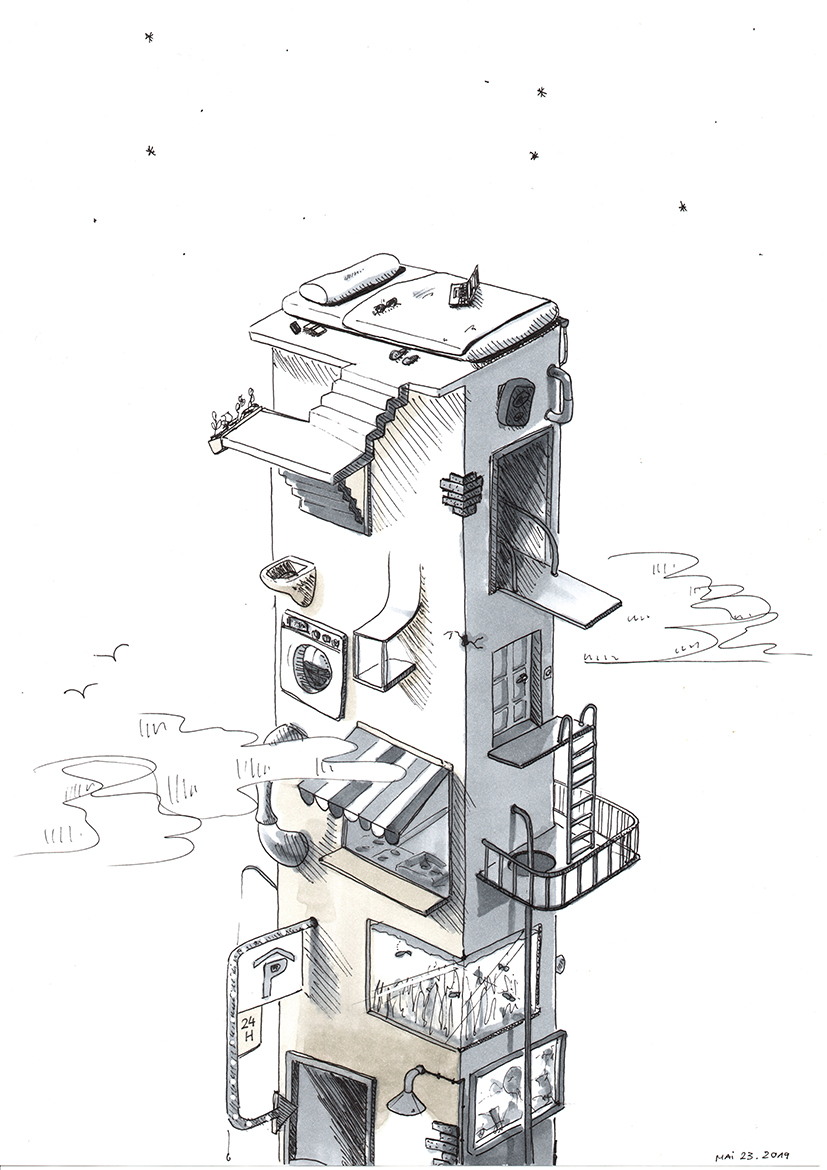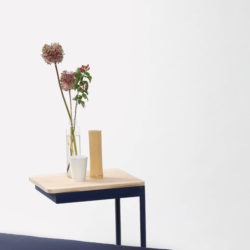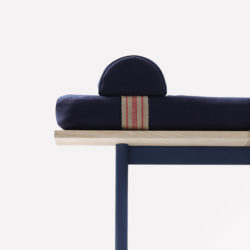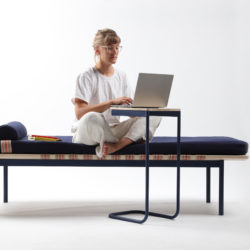RUHEMODUS!
Description
KLINE consists of two pieces: A sleeping/seating bench and a side table. The format and dimensions are designed to fit into modern work environments and help to shift between work and resting phases.What is the Topic?
9-to-5 is dead. Today's offices are showing a fusion of working and pausing phases - from sleeping pods, to napping rooms to entire work lounges. Designated areas of work and rest are not as clear-cut as they used to be merely years ago. Thanks to increasing mobility due to portable technology we are able to design our working habits more freely - and therefore our pausing times. While offices are still slowly adapting to this new mentality, more modern settings like Co-Working spaces have been implementing it from the start. This evolution in working habits demands for products that are easily adaptable to the changing office landscape.
Why does it look like this?
The design concept focuses on flexible usability and is therefore formalistically reduced to a bare minimum. The furniture pieces are designed to accommodate interim activities between working and pausing: The lounger can be used for napping as well as upright sitting. Its height conforms to that of a chair. The lying area in the center of the upholstery is made to give in to the user's body for comfort, while the area around the edges of the upholstery is backed by a broad frame substructure to provide the necessary resistance for sitting. The furniture comes with an upholstered cushion. The side table is dimensioned to a height that provides comfortable seated working and relates to the height of the lounger. The cantilever substructure allows the user to slide the table leg underneath the lounger, providing more flexibility in the arrangement of the pieces. The tabletop is dimensioned to accommodate a 14"-Laptop.
What is special?
The benefits of the designs become apparent in use. The design's decided understatement makes it well adaptable to any interior setting without drawing undue attention. Yet, the original framing of the design as furniture for modern-day office settings has been followed throughout: Although not strictly classifiable as neither a working nor resting furniture, the designs are rather meant to accommodate the upcoming, hybrid states in between.
What is new?
While other areas of everyday life, like digital technologies, are progressing at high speed and, in the run, have been changing human behaviour, furnishing concepts on the other hand, have adapted rather slowly. The presented designs, however, show that the evolution of furnishing is very much possible: With subtle improvements and without breaking with traditions. The designs were never thought of as an aesthetic experiment, but rather had their origins in the observation of ever-changing human behaviour.




